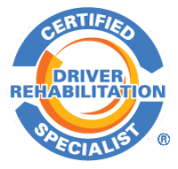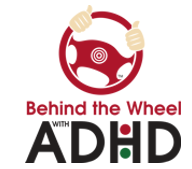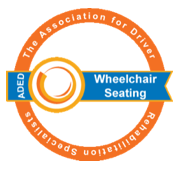Driving Evaluation
 Who would benefit:
Who would benefit:
Individuals that have or recently sustained a medical condition such as: stroke, traumatic brain injury, spinal cord injury, multiple sclerosis, short term memory deficits, numbness in feet (neuropathy), slower reaction time, anxiety, decreased vision, decision making deficits, autism, ADHD, learning disability
Comprehensive Driving Evaluation:
- A comprehensive clinical assessment to evaluate an individual's reaction time, visual processing speed, attention, judgment and gross motor skills required to safely operate a motor vehicle. Clinical assessment is performed in the comfort of their own home which eliminates the need for client to secure transportation to a facility in an unfamiliar environment.
- A behind the wheel assessment to determine a client's ability to safely operate a motor vehicle. Driving will be performed in clients' familiar territory which reduces the anxiety of driving in an unknown area.
- Includes written copy of report to be sent to client and referring physician.
- Review of results and recommendations which may include:
- returning to independent driving
- driver training
- adaptive equipment
- referral for intervention (vision rehabilitation, Occupational Therapy, Physical Therapy, etc)
If an individual does not have a license or permit:
- A comprehensive clinical assessment will be performed, and client will be guided through the process of whether to obtain a standard learners permit, dual control permit, or complete further interventions to better prepare them for behind the wheel training.
- Includes written copy of report sent to client and referring physician.
- Assistance/guidance with PA Department of Transportation requirements.
Behind the Wheel evaluation:
- If client did not have a license or permit at time of initial clinical assessment and has now obtained one, client will be able to proceed with the in-car portion of the assessment. Client will be able to drive in an area that they are familiar with and must demonstrate safe driving skills. May include introduction to adaptive equipment if required (hand controls, left gas pedal, steering device, etc.).
- Includes written copy of report sent to client and referring physician.




